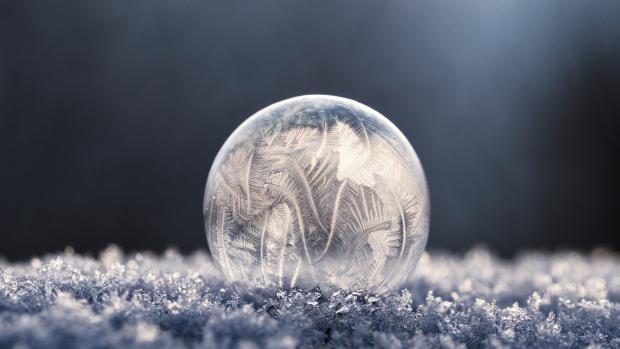
Too Cold for Global Warming
Okay so if you’ve been paying attention to the weather forecasts in the UK, and other parts of the world, you would have heard about the plethora of harsh winters, snow storms, icy breezes, widespread frost and so on that is happening. Yes, we have been experiencing cold winters in many parts of the world. As a result of this, a lot of people have been questioning the actual validity of Global warming. “If winters are still quite cold, how can there even be global warming?”.
Well, kindly allow me to correct you right there. Weather and Climate are not the same. Most scientists agree that we need to differentiate between weather and climate. The NOAA (National Atmospheric and Oceanographic Administration) defines climate as the average of weather over at least a 30-year period. Therefore, periodic fluctuations—like the harsh winter storms ravaging many parts of the country this winter—do not call the science of human-induced global warming into question. Not at all! Just because some of us are suffering through a particularly cold and snowy winter doesn’t refute the fact that the globe is warming as we continue to pump carbon dioxide and other greenhouse gases into the atmosphere.
Global warming refers to an upwards trend in temperatures observed around the planet. Federal agencies, universities, and research centers around the world have all concluded that Earth is warming. That is based in hard data, such as temperature measurements on land and water around the world over the course of decades.
It's easy to confuse current weather events with long-term climate trends, and hard to understand the difference between weather and climate. The normal ups and downs of weather make it hard to see slow changes in climate. To find climate trends you need to look at how weather is changing over a longer time span. Looking at high and low temperature data from recent decades shows that new record highs occur nearly twice as often as new record lows.
Atmospheric temperature measurements show an average warming of 0.85 degrees Celsius (1.53 degrees Fahrenheit) from 1880 to 2012, according to the IPCC Fifth Assessment Report (AR5).
Truth is higher temperatures can actually lead to more intense snow storms. Global warming is causing more intense rain and snowstorms in the United Kingdom. Global warming means hotter air, and hotter air can hold more moisture. This translates into heavier precipitation in the form of more intense rain or snow, simply because more moisture is available to storms.
Global warming is without question occurring, but because it is long term and gradual, many people claim they do not ‘feel’ it and, ultimately conclude it’s not a reality. We do not need to ‘feel’ that it is warmer to know that the globe is warming up, extensive research proves so. Instead, we should focus on ways in which we can halt global warming all together, or we would only have ourselves to blame.
SignTech Forms is an innovative paperless platform that converts existing forms and documents into paperless forms that can be completed on mobile devices and electronically signed seamlessly (with full data integration). For more information visit www.signtechforms.com or email expert@signtechforms.com


